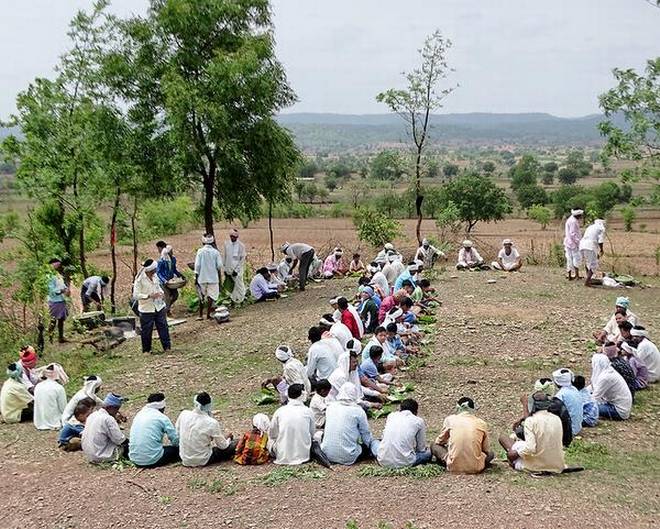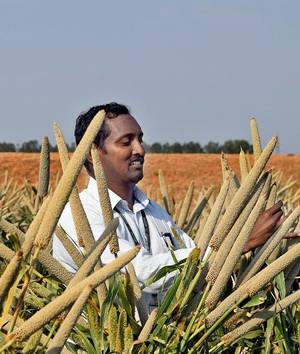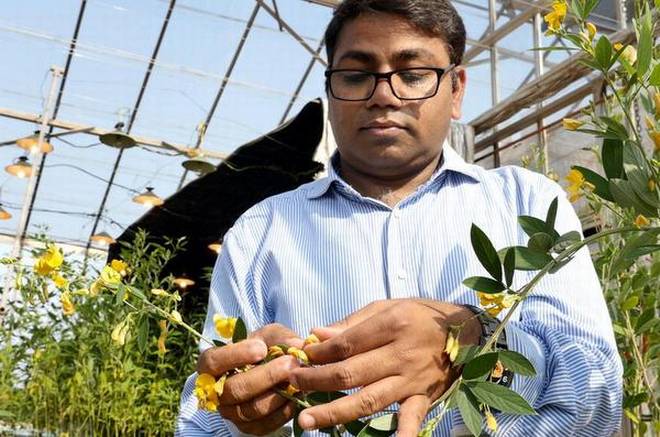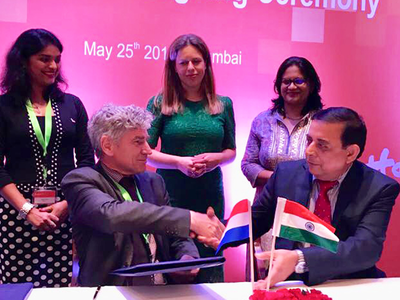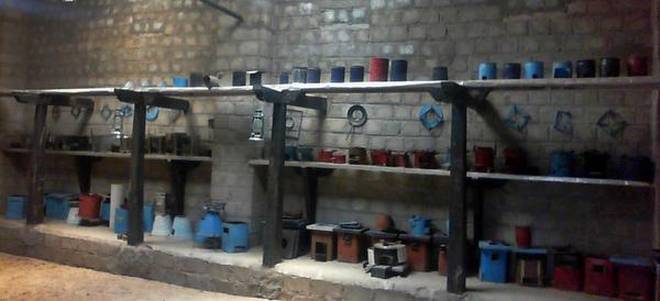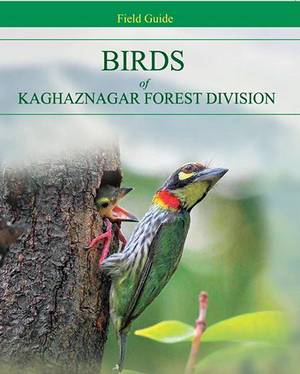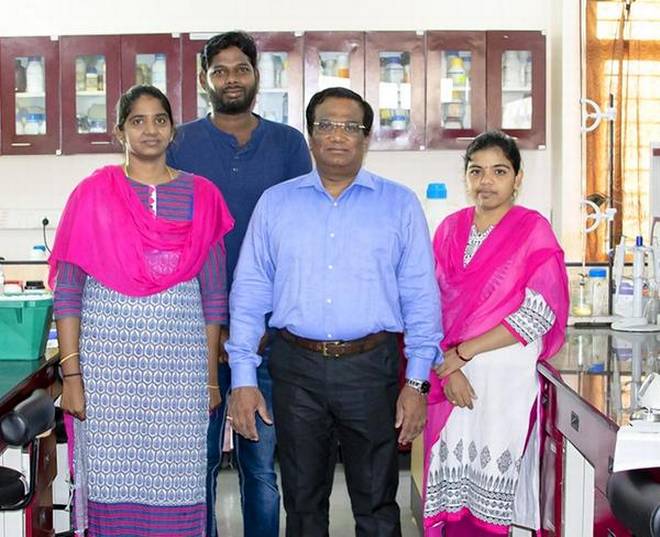
Up to 90% reduction in severity of fungal infection in tomato plants was seen
Researchers at the University of Hyderabad have found that harpin biopesticide brought about 80-90% reduction in severity of fungal infection in tomato plants when it is encapsulated in chitosan nanoparticles. The fungal infection was caused by Rhizoctonia solani. The reduction in disease severity is only about 50-55% when the biopesticide is used without loading it in nanoparticles. The results were published in the journal Carbohydrate Polymers.
Though harpin is used against several bacterial, fungal and viral infections, poor bioavailability is a major hurdle when harpin protein, taken from the bacteria Pseudomonas syringae pv. syringae, is just sprayed on the leaves like any other pesticide.
Chitosan to the rescue
To address the issue of poor bioavailability of harpin arising from the inability to permeate into plants, the researchers led by Prof. Appa Rao Podile from the Department of Plant Sciences turned to nanotechnology. They used the biocompatible and biodegradable chitosan in nanoparticle size to encapsulate the biopesticide. Chitosan nanoparticles are capable of getting into the plant through the stomata (pores on the leaves through which gas exchange takes place) and then diffuse through the cell wall to enter the cells. The team found that chitosan nanoparticles containing harpin pass through the cell wall and end up in the chloroplast of tomato plants.
As a result, bioavailability of harpin inside tomato plants increases sharply when loaded in chitosan nanoparticles. Also, less amount of harpin will have to be sprayed on leaves when it is contained in nanoparticles.
Chitosan by itself has another advantage. “Chitosan’s antifungal property and its role in triggering plant defence responses are already well known. Its ability to biodegrade inside the plant without harming the plant cells is why we chose it for encapsulating harpin,” says Prof. Podile.
The disease severity in tomato reduced significantly and there was fivefold decrease in fungal biomass in the case of harpin encapsulated in nanoparticles compared with bulk harpin sprayed on leaves. While the fungus failed to colonise and infect tomato leaves upon extended incubation, it completely destroyed the leaves used as controls.
Laboratory studies found harpin was released from the nanoparticles in two phases. “The biopesticide adsorbed on the nanoparticles gets released in a burst in the first 48 hours followed by slow release up to 120 hours,” says Dr. Sandhya Rani Nadendla from the Department of Plant Sciences at UoH and first author of the paper.
Currently, the shelf-life of harpin nanoparticle is limited to 30 days as the encapsulation loses its efficiency. “The nanoparticles are currently stored in a liquid phase. We are trying to make some chemical changes at the time of preparation of chitosan nanoparticles to make it more stable. We are also trying to make it in a powder form by spray drying to further increase the shelf-life,” says Prof. Podile.
Tomato plants and R. solani fungal infection were only used as a model system to test the efficacy of chitosan nanoparticles containing harpin in controlling the disease. “The objective was not to develop an exclusive disease control method. We used this particular fungal infection as an index,” he says. “The plant defence activated by harpin is broad-spectrum so can control even bacteria.”
The team is planning to test harpin-containing chitosan nanoparticles on a large-scale on four different crops and at least two pathogens per crop. Two of the crops to be tested will be grown in fields and two others will be greenhouse crops.
source:http://www.thehindu.com / The Hindu / Home> Science / by R. Prasad / June 30th, 2018
